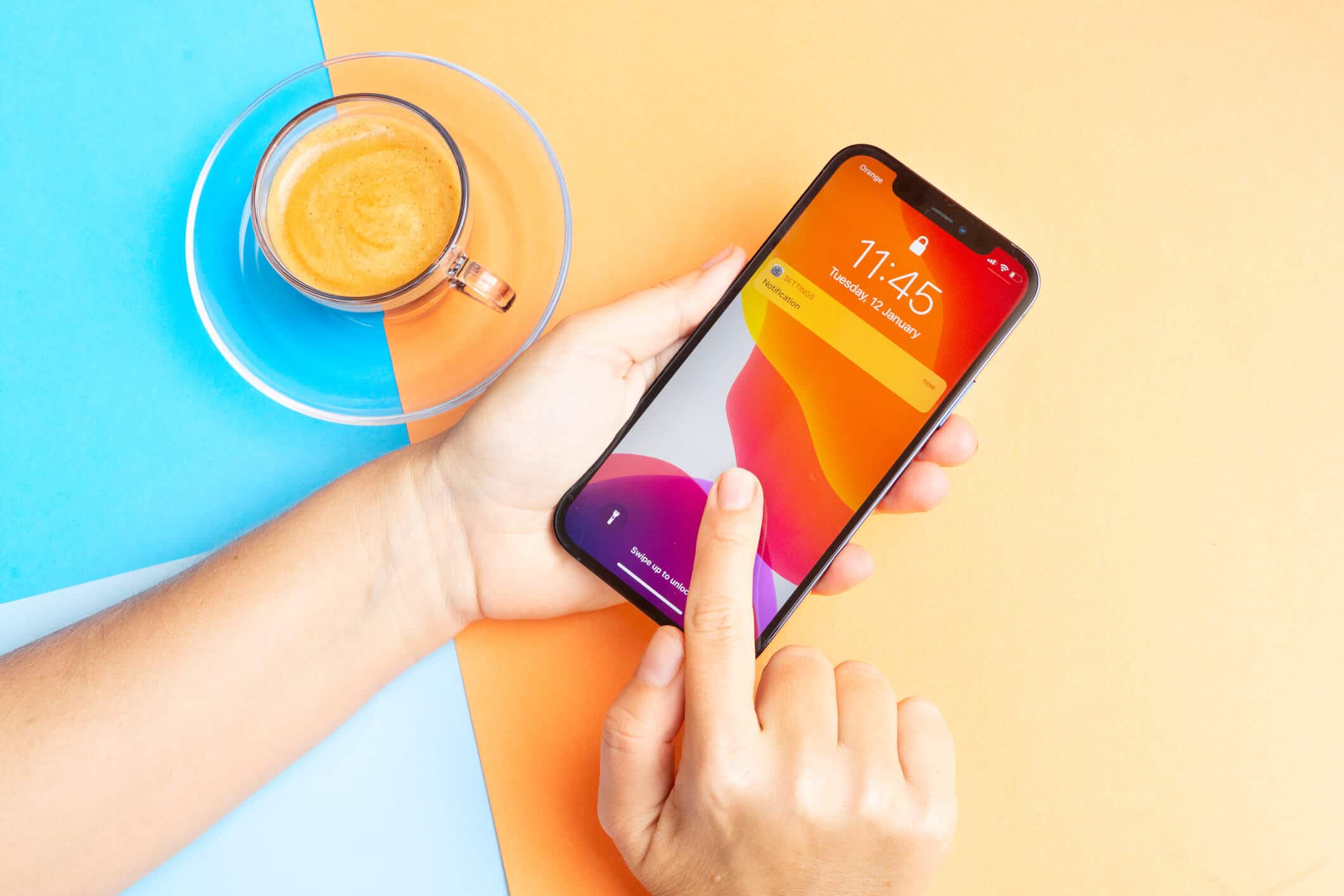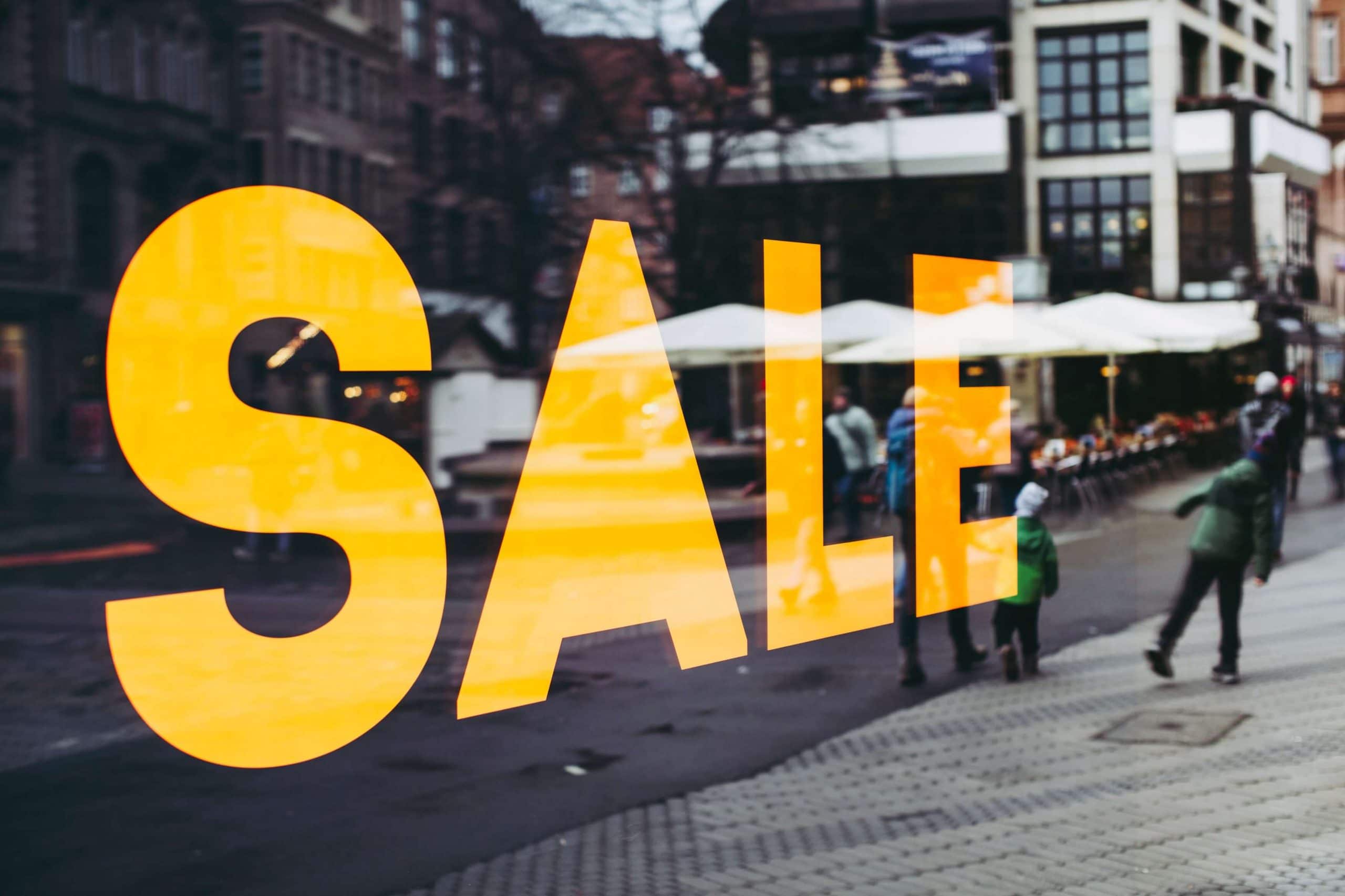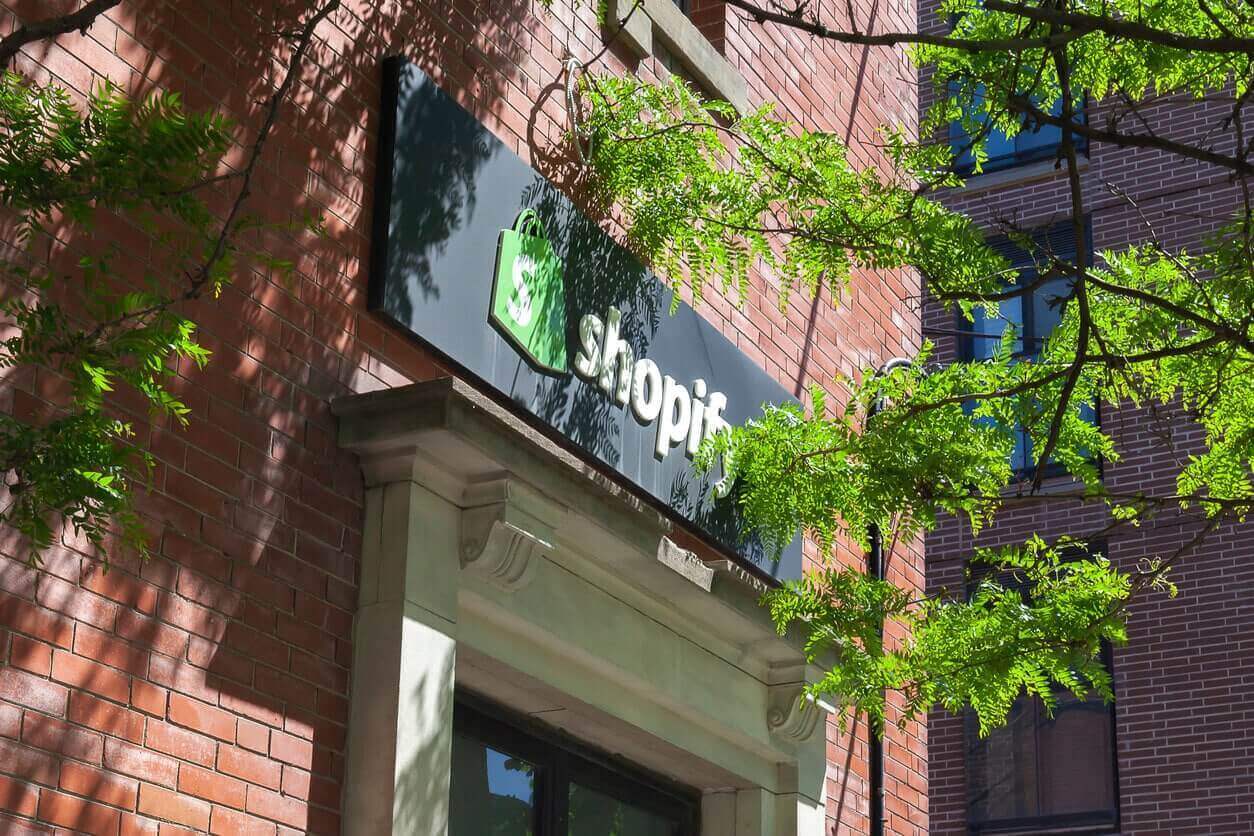How to Stop Losing Customers to Abandoned Carts

Abandoned carts are the arch-enemy of e-commerce businesses. Having a major effect on potential profit, abandoned carts are a frustratingly common occurrence for any online store.
Shopify estimates that the e-commerce industry loses up to $18 billion each year in potential revenue, with only 31% of users returning to their cart.
There are two key elements in reducing the likelihood of your store being impacted by abandoned carts: reducing the chances of carts being abandoned in the first place, and bringing customers back to purchase if they’ve left.
Before we hit the strategy, let’s dive into why shoppers may abandon their carts.
E-commerce industry loses up to $18 billion each year in potential revenue from Abandoned Carts
Why do customers abandon their carts?
According to the Baymard Institute, there are four main reasons carts are abandoned:
Extra costs are too high
Around 55% of cart abandonment comes from extra costs being too high (e.g. shipping, tax, service fees, etc.). Cost is a major factor in the decision-making process and with recent increases in the cost of living and competition, customers want to feel as though they are getting a good deal.
Account is required
Customers want convenience and efficiency during their checkout process. While having an account can reduce time to checkout in the future, for first time customers, having to create an account can turn them away. If your store doesn’t have the ability to checkout as a guest, you might see upwards of 24% cart abandonment as a result.
Customers are saying that having to populate fields that are unnecessary and don’t relate to the purchase of the product is a cause of frustration. This can ultimately increase the likelihood of them abandoning their cart.
Checkout is too long
18% of customers abandon their carts if they feel the checkout process is too long or complicated.
Gathering customer information is important but there needs to be a balance between what is absolutely necessary to collect, and creating a simple, streamlined checkout experience. On average, the checkout process includes 23 form.
They don’t trust the site
Having to put your credit or debit card details directly into a website that they have not purchased from before is a red flag for many shoppers. E-commerce stores without secure payment options such as PayPal or Shop Pay could see up to 17% of shoppers abandon their carts during their checkout process.
Now we know some of the main reasons why shoppers abandon their carts, let’s dive into how we can reduce the number of abandoned carts and make sure we aren’t losing profits.
How to reduce the number of abandoned carts
Offer incentives
Incentives are an easy way to get your customers to complete their purchases on the spot or to bring them back to checkout.
Here are my 3 favourite incentives:
1. Monetary discounts
Discounts come in many forms. Typically, you might see a $10 or 10% off coupon via a discount code but these aren’t the only ones. For example, you might get half price on a second item that you purchase or even a buy one get one free. Keep in mind, however, that most shoppers know that if they abandon their cart they will likely receive a discount offer. Use this method sparingly to prevent it becoming expected, causing shoppers to abandon their carts on purpose to get the deal.
2. Free shipping
There are many times when we have gone to purchase on a site and been baffled by the cost of shipping that has been added to our cart. A free shipping coupon code is just the thing that can turn a cart abandoner into a sale. If you already have free shipping incentives when customers purchase a certain $ amount, perhaps you can offer discounted express or next-day delivery as a way to entice them back.
3. Thank you gift
Offering a freebie to a customer can be an effective way of getting them to return. This can be anything from free samples to tote bags, or a free gift with purchase. Make sure that the product you are offering doesn’t ultimately affect the margins of the sales but has enough value for the customer.
Have a seamless checkout process
Customers want to take the least amount of clicks to checkout. Making sure that the checkout process is as easy as possible is key. Plugins like Shop Pay allow customers to have all their details pre-filled during their checkout process, allowing for a quick sale. Using the Shop Pay service allows customers to increase the speed of their checkout by 4x and, according to Shopify, can be proven to increase conversion rates by upwards of 36%.
Even if you aren’t on Shopify, check out your e-commerce platform’s app marketplace to find a plugin that will help speed up your checkout process. Our sister agency Iterate also has an article about what not to do in your checkout funnel to ensure that your checkout is optimised, so you don’t add to the number of abandoned carts you have!
Use a well-known e-commerce platform
The user experience when shopping online is the starting point of ensuring that the customer completes their purchase. Using a well-known platform such as Shopify will allow the customer to have a positive experience regardless of device or location.
While a custom design has the most potential to really deliver on user experience, if that is not a viable option for your business, most e-commerce platforms have a large range of easy-to-use templates and designs that are user-friendly and will complement your store’s appearance and brand dramatically. These templates are likely to be user-friendly, intuitive and familiar to the customer. This will likely result in the customer having a positive experience with your store and will have a higher chance of converting.
Ensure your abandoned cart email automation is optimised and set
Email automation might just be the most crucial way to reduce the number of abandoned carts your business gets. Using an email marketing tool allows you to create simple but effective abandoned cart emails to target your customers after they have left your site. You have the ability to customise send times and the content of these emails so it’s tailored to your brand and brand messaging.
Here are our top five best practice tips for your email automation:
- Products left in the cart should be front and centre
- Clear calls to action should be placed as high as possible and repeated throughout the email
- Use dynamic content to show live, up-to-date information where possible (Name, total cart amount etc.)
- Send more than one email to increase the chances of conversion
- Show reviews and testimonials of that or similar products
Losing customers to abandoned carts can significantly impact your business’ potential revenue. However, as we have outlined, there are many ways you can reduce the number of times it happens.
Keep in mind that you won’t be able to win back every abandoned cart that your shop has. It happens all the time in e-commerce stores and even at in-person physical stores with ‘window shoppers’ and the like but you can reduce that percentage. You could also try boosting your e-commerce sales in other ways or implement tactics for building loyalty.
Reach out to us if you want more information about this topic!




